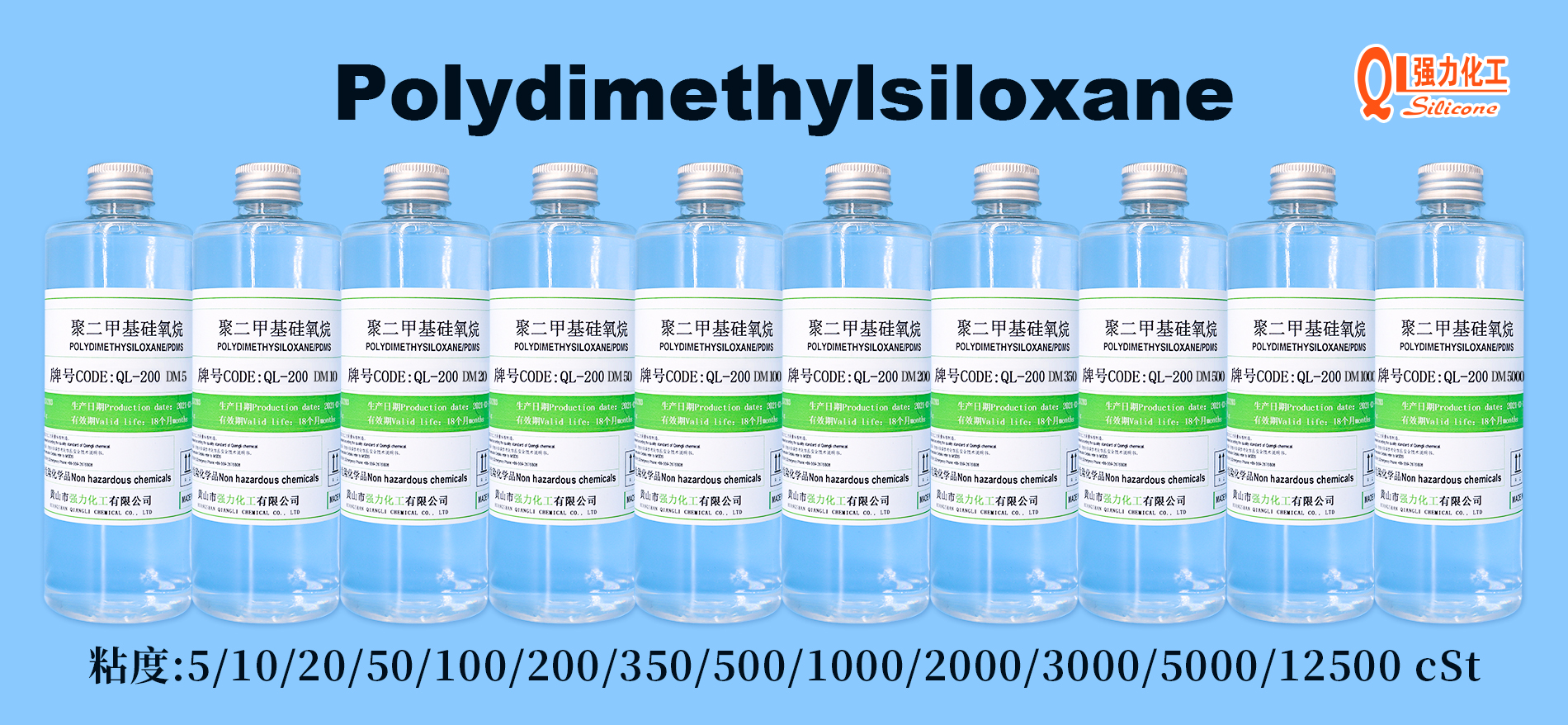Can ordinary dimethyl silicone oil be cured using crosslinking agents and curing agents?
It should first be clarified that ordinary dimethyl silicone oil (composed only of -Si(CH₃)₂-O- main chains, without reactive functional groups such as hydroxyl groups or vinyl groups) cannot be cured through chemical means using crosslinking agents and curing agents. By nature, it is a linear liquid polymer and has no crosslinking reaction sites. The essence of chemical curing (crosslinking) is to form a three-dimensional network structure through chemical bonds (e.g., -Si-O-Si- bonds) between molecules, which requires the silicone oil molecules to contain reactive functional groups (such as hydroxyl groups [-Si-OH], vinyl groups [-CH=CH₂], amino groups [-NH₂], etc.) that can react with crosslinking agents.
However, the molecular chains of ordinary dimethyl silicone oil only contain non-polar methyl groups (-CH₃) and stable siloxane bonds (-Si-O-). There are no reactive functional groups that can participate in reactions, so it cannot undergo chemical reactions with common organosilicon crosslinking agents (e.g., hydrogen-containing silicone oil, alkoxysilane, etc.). No matter what crosslinking agents or curing agents are added, it is impossible to form a chemically crosslinked structure, and the oil will remain in a liquid state.
If "curing" of ordinary dimethyl silicone oil is necessary (i.e., changing it from a liquid to a semi-solid or solid state), only physical modification methods can be used:
-
Add medical-grade fumed silica (nano-silicon dioxide, meeting medical contact standards). The silica particles form a three-dimensional physical network in the silicone oil to prevent flow, but no chemical crosslinking occurs (the oil can still regain partial fluidity under shear force).
-
Blend it with other curable medical-grade resins (e.g., epoxy resins, polyurethanes). The overall setting is achieved by relying on the curing of the resin (the silicone oil itself does not participate in the reaction and only exists as a dispersed phase in the cured resin structure).
In summary, due to the lack of reactive functional groups in its molecular structure, ordinary dimethyl silicone oil cannot be chemically cured with crosslinking agents and curing agents. If curing is required, physical modification or reliance on the curing system of other materials is necessary, and the choice of materials should comply with the standards of the application scenario (e.g., medical, industrial). If chemical crosslinking is essential for curing, it is necessary to replace ordinary dimethyl silicone oil with modified silicone oil containing reactive functional groups (such as hydroxyl groups or vinyl groups).

The content of this article is assisted by intelligent technology, and has been proofread and edited by the QL Ieditors. In case of any omissions or errors, you are welcome to inform us via private message at any time. We will verify and correct the issues promptly to jointly maintain the accuracy and value of the information.




